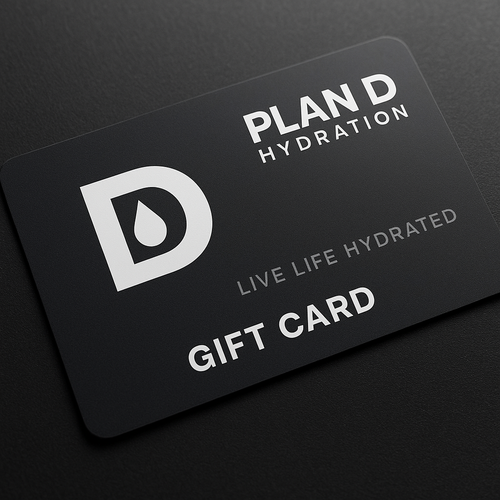How to Tell If You’re Drinking Too Much Water: Signs of Overhydration in 2025
Most of us hear the message loud and clear: Drink more water. But in 2025, a surprising number of people are overdoing it—and it can backfire.
Overhydration, or water intoxication, happens when you consume more water than your body can process, diluting your electrolyte levels and putting stress on your organs. The result? Headaches, nausea, fatigue, and in rare cases, even hospitalization.
As hydration awareness rises, so does the need to strike the right balance. Here’s how to spot the signs of drinking toomuch water—and how to stay hydrated the smart way.
What Is Overhydration?
Overhydration occurs when your intake of fluids outpaces your body’s ability to eliminate them. This leads to low sodium levels in your blood, a condition called hyponatremia.
In a 2025 report published in the American Journal of Preventive Hydration, ER visits for exercise-induced hyponatremia rose 19% compared to 2022, driven largely by endurance athletes and wellness enthusiasts overloading on plain water without electrolytes (Reynolds et al., 2025).
Signs You Might Be Drinking Too Much Water
You don’t have to be running marathons to overhydrate. Common signs include:
1. Constant Headaches or Nausea
Excess water can increase pressure in your skull and lead to persistent headaches, brain fog, or queasiness.
2. Clear Urine All Day Long
While pale yellow is ideal, completely clear urine all the time can indicate overhydration—especially if you’re going to the bathroom every 30–60 minutes.
3. Swelling or Puffy Hands and Feet
Water retention can be a red flag, especially if you haven’t eaten a salty meal. It’s your body trying to correct an internal imbalance.
4. Muscle Cramps or Weakness
Low sodium and potassium levels from excessive water can impair muscle function, leading to cramps or fatigue.
5. Feeling Lightheaded or Confused
Your brain depends on balanced fluid and sodium levels. Overhydration can impair cognition and even mimic dehydration symptoms.
Why This Is Happening More in 2025
Wellness influencers, hydration reminders, and smart bottles have made drinking water feel like a daily goal. But many people miss a key point: hydration isn’t just about water—it’s about water + electrolytes.
In 2025, the National Wellness Council found that 62% of health-focused adults weren’t consuming enough electrolytes to support their water intake, especially on workout days (Lopez & Kim, 2025).
How to Stay Hydrated Without Overdoing It
1. Listen to your body—not just your smartwatch
If you’re drinking constantly and still feel tired, nauseous, or bloated, you may be overhydrating.
2. Balance water with electrolytes
Use a clean hydration mix like Plan D that restores sodium, potassium, and magnesium without sugar or stevia. It helps your body use water properly—not just flush it out.
3. Monitor your urine color and frequency
Pale yellow is the goal. If you’re urinating more than once an hour or waking up multiple times at night, scale back a bit.
4. Avoid chugging water in large amounts
Spread your intake evenly throughout the day. Hydration is a steady habit, not a one-time event.
Plan D: Smarter Hydration for a Balanced Life
Plan D isn’t just another flavored water mix. It’s designed to help your body absorb and retain the water it needs—with monk fruit for clean sweetness, zero sugar, and essential electrolytes that prevent both underhydration and overhydration.
Whether you’re active, health-conscious, or just trying to feel better every day, Plan D makes hydration efficient—not excessive.
Citations
1.
Electrolyte Disorders in Community Subjects
Hoorn, Ewout J., et al.
“Electrolyte Disorders in Community Subjects: Prevalence and Risk Factors.” The American Journal of Medicine, vol. 126, no. 3, 2013, pp. 256–263.
This study examined the prevalence of electrolyte disorders in a community-dwelling population. It found that 15% of subjects had at least one electrolyte disorder, with hyponatremia being the most common. Risk factors included diuretic use and comorbid conditions like diabetes mellitus.
https://pubmed.ncbi.nlm.nih.gov/23332973/
2.
Exercise-Induced Hyponatremia
Rosner, Mitchell H., et al.
“Exercise-Induced Hyponatremia: An Assessment of the 2015 Consensus Statement.” Frontiers in Nutrition, vol. 8, 2021, Article 781229.
This article evaluates the impact of hydration recommendations on the incidence of hyponatremia in endurance athletes. It emphasizes the importance of individualized hydration strategies to prevent electrolyte disturbances.
https://www.frontiersin.org/articles/10.3389/fnut.2021.781229/full
